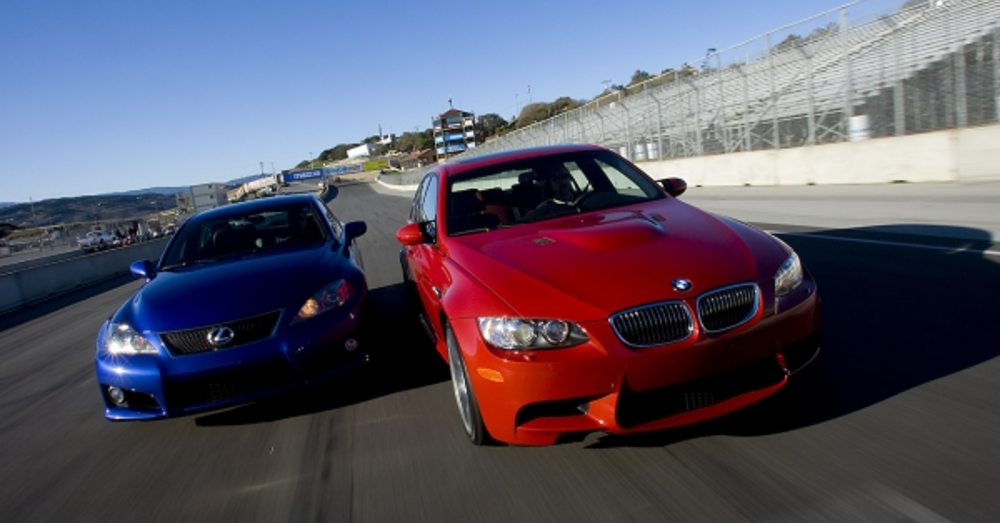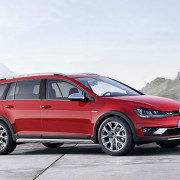Several amazing brands have come from Japan and Germany over the past several decades with great cars for us to drive.
We know the brands Toyota, Honda, Mazda, Mitsubishi, Nissan, and Subaru from Japan as the mainstream brands we admire. Germany offers us Volkswagen as the only mainstream brand but has some of the most respected luxury names. We see Audi, BMW, and Mercedes-Benz as the top three German luxury names. Japan doesn’t miss the luxury market, offering Lexus, Infiniti, and Acura, the trio we’re most familiar with. Let’s look at some of what each country offers.
Reliability favors Japanese Brands.
When you think of reliability, a few names come up as soon as it’s mentioned. Toyota always sits at the top of the list and its luxury arm, Lexus, is also near the top of the reliability list. Honda also finds its way to the top as well. Unfortunately, the German brands don’t match the Japanese names regarding how dependable a vehicle can be. If you’re looking for a car to drive for a long time, go with one from Japan.
German Vehicles Offer Better Driving Experiences
You can’t beat the exhilaration, smooth drive, and driving dynamics some German luxury names offer. These cars are excellent on the road, tuned to handle driving around curves with precision and confidence. It could be due to these cars being developed in a country where the speed limits are more of a suggestion, but if you want the best driving experience, buy a car from Germany and not one from Japan.
Performance Makes us Lean Toward German Cars.
You can spend days listing some of the most impressive German models for performance. Porsche has a long history of sportiness and fun, Audi delivers the R8, the Mercedes-Benz SLR is incredible, and the BMW M3 is considered the Ultimate Driving Machine. While the Lexus LFA is undoubtedly worthy of mention, you’ll never find as many performance cars from Japanese brands as you will from German brands. Of course, the Toyota Supra and Nissan GT-R are mainstream performance champs, but they still don’t stack up to the long list of German models.
Japanese Models Offer the Most Value
Most of the affordable vehicles we see in the market come from Japan, not Germany. Volkswagen cars can be relatively inexpensive, but you won’t find nearly as many cars that deliver great value when you find one from a Japanese brand. The Toyota Corolla, Camry, RAV4, Honda Acord, CR-V, and Civic a.. make it possible for you to have an affordable model that delivers easy driving and the value you’re looking for when you drive.
Which Country Offers the Most Affordable Average Price?
This is another area where Japanese models win out. Considering most German models are luxury brands, the average price is much lower for Japanese cars. When cars came from Japan to the United States, most of the models offered to undercut the average cost of domestic models, which was a large part of why these cars appealed to Americans, especially during the gas crisis of the 1970s.
Germany Leads the Way for Quality Control
German automakers have always held a reputation for high standards and fantastic quality when building cars. Some of the brands from this country have committed to performance engines that head to the track and win races. This doesn’t happen without strict quality control standards. German companies have been around longer than most others, giving this country the necessary experience for some excellent quality control standards. If you want a well-built machine with extreme attention to detail, you want a luxury car from Germany and not from Japan.
Japanese Vehicles Tend to be Extremely Durable
Even though German vehicles are often engineered to high-quality standards, they are also overengineered. This means fixing them is costly and could quickly exceed the value of the cars after a few years. The same isn’t true of most Japanese cars. These models are affordable to fix and often have the durability factor that other brands don’t offer. When repair costs exceed the value, a vehicle is no longer worth fixing. This takes a long time in a Japanese car.
Both Countries Offer Safe Vehicles to Drive
Safety systems would seem to favor Germany and a large number of luxury cars, but many automakers in Japan include advanced safety technology. The IIHS safety ratings are often dominated by vehicles from both countries. It depends on the model class where you find cars from specific brands, but when looking at a list of safe vehicles, brands from both countries show up often. This is one area where you can consider a tie between these two countries.
The Cost of Maintenance and Repair Favors Japan
It’s no secret that German models are designed and manufactured for the high-end market, which translates to higher maintenance and repair costs; on the other hand, it’s pretty easy to maintain a small Honda or Toyota from the most famous Japanese brands. You might find that Lexus and Infiniti models are more expensive to maintain than their mainstream counterparts, but there are many more Japanese mainstream cars than German ones. Additionally, Volkswagen cars are often more costly to maintain than other mainstream vehicles.
Germany Takes the Crown for Aesthetics and Design
The German manufacturers often take extra steps in the build process to make sure they design and produce some of the most impressive vehicles in the world. Some are made for performance, others are developed for pure comfort, while some give us the most refined craftsmanship we could ask for. Many Japanese vehicles are well-crafted and impressive but don’t typically hold up compared to German cars’ style and luxury qualities.
Will you select a model developed in Japan or one that has been engineered in Germany? Comparing these two countries and the cars they produce is a lot like comparing apples and oranges, but you might be doing just that when shopping for your next vehicle.




